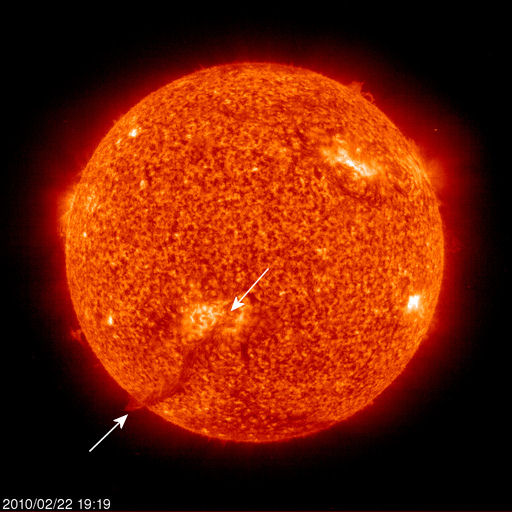 From The Daily Mail:
From The Daily Mail:Google has been told to warn people before it sends cameras out to take pictures for its controversial Street View maps.
The EU privacy regulators say refusal to give adequate notice could lead to legal action.
And the internet giant must shorten the time it keeps the original photographs from one year to six months.
The regulators also said it should avoid taking pictures ‘of a sensitive nature and those containing intimate details not normally observable by a passer-by’.
Read more ....
















































